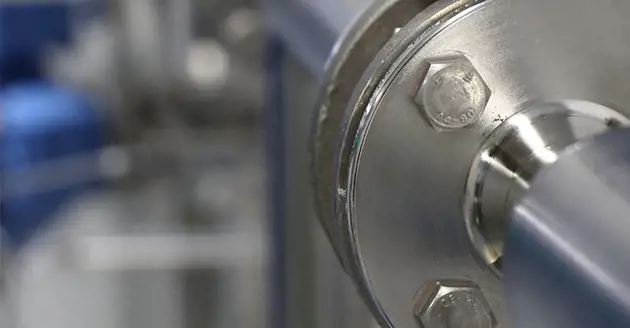- High temperature, between 200 °C and 450 °C (400- 840 °F)
- Very high pressure (130-220 bar / 1900-3200 psi)
- Presence of hydrogen and ammonia make for a challenging environment as both hydrogen attack and nitriding may occur
- Emission control is important due to toxicity of the media being handled
- Since pressure is a very expensive commodity, efficiency in the synthesis loop is important to keep the operating costs down
Valves in ammonia synthesis loop
The role of valves in the ammonia synthesis loop is to control the flow of synthesis gas into the converter and to ensure the recycling of the unreacted synthesis gas.















